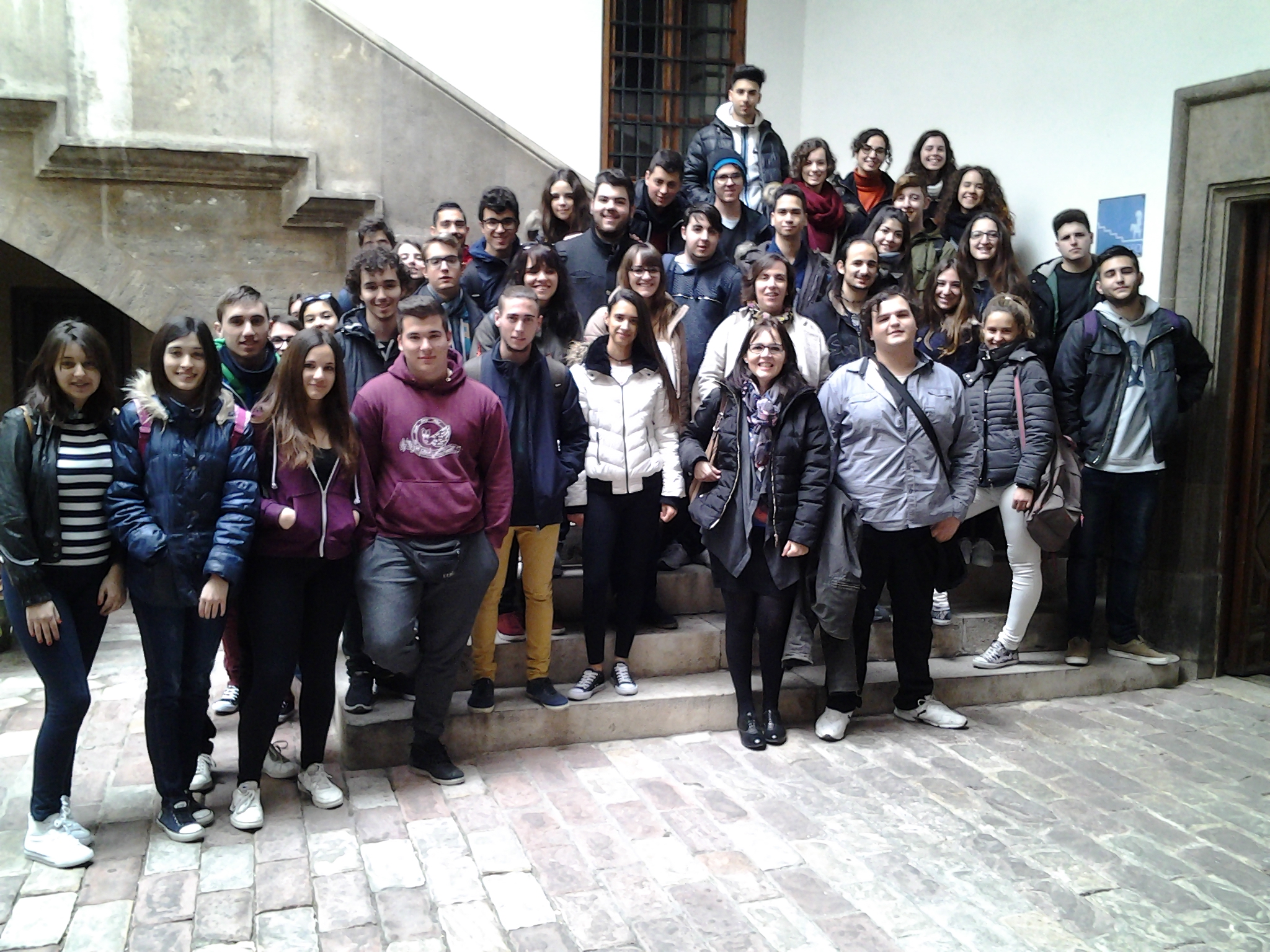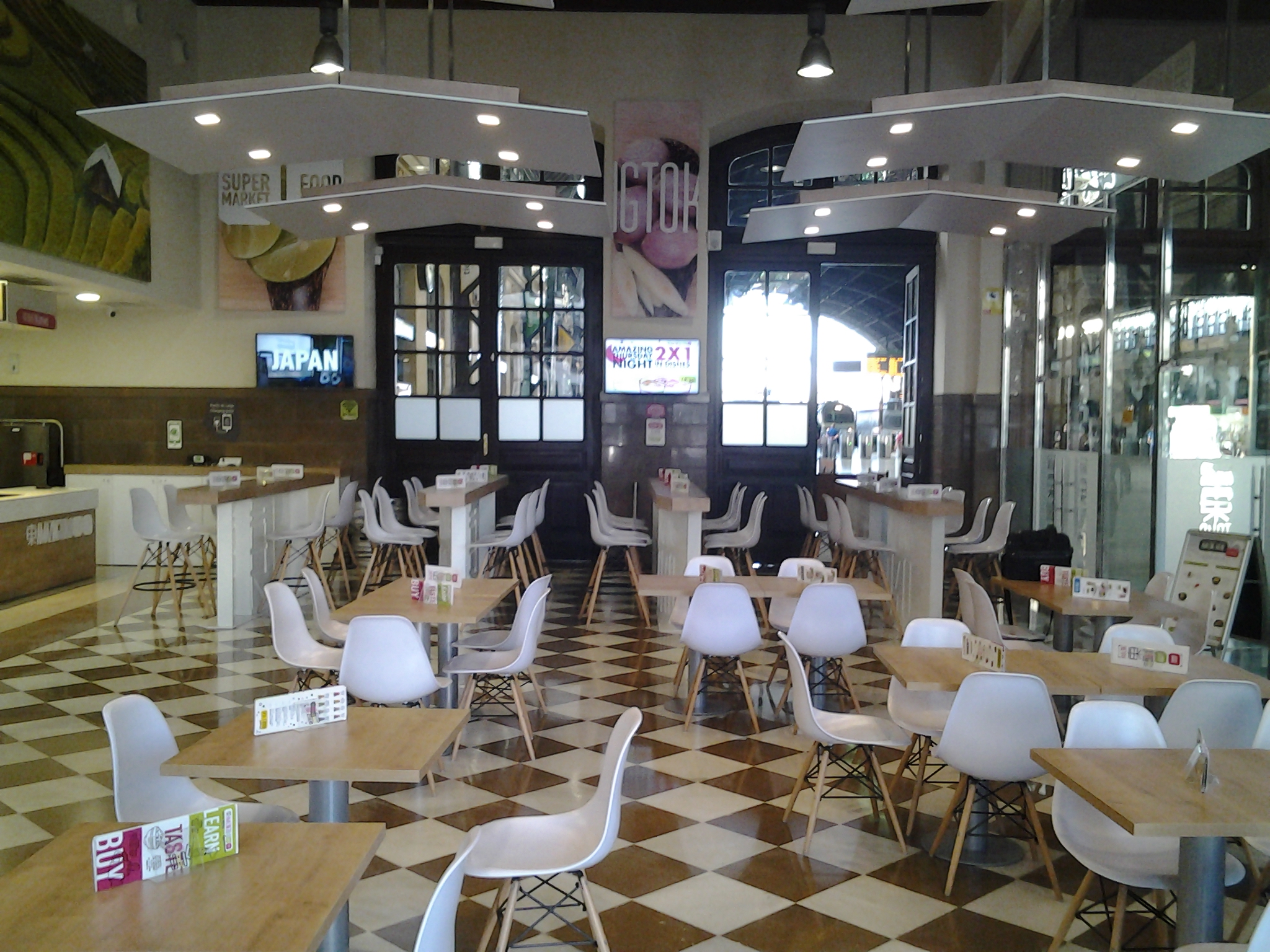‘The Way’ to Get more Tourists
While the tourist authorities scratch their heads and wonder how to increase the number of tourists, one not very good film is achieving just that.
According to Koldo Lasarte of the Navarra Film Comission, the number of Americans walking the Camino de Santiago (or Saint James’s Way if you prefer) has multiplied by five in the last three years.
The reason for this is not a sudden feeling of spiritual emptiness promoted by excessive materialism or a profound sense of guilt about military aggressiveness or even a suspicion of imperial eclipse. The reason is the film ‘The Way’, starring Martin Sheen and directed by his son Emilio Esteve.
In the same way that ‘The Lord of the Rings’ produced a significant increase in the number of tourists visiting New Zealand, The Way has sparked a great interest in the Camino and, at great personal sacrifice and purely to check the facts, when I walked from Roncesvalles to Santiago myself this summer, I made a point of asking all the Americans I met, and there were a lot, if the film had affected their decision to undertake this massive stroll, and discovered only one who had not based her choice on the film.
It makes sense of course; thousand of people visit Casablanca every year mumbling “we’ll always have Paris” despite the fact that the film was made in California, and many have chosen Scotland for their holidays because they were impressed by Mel Gibson’s blue face and windswept skirt in ‘Braveheart’. Of course they should have visited Ireland where Mel actually made the film.
If The Way, which is apparently based on ‘The Wizard of Oz’ and which does not really have anything much to say about Spanish culture, can produce this effect, mainly because in the film we can see that the Camino brings people together and has a healing power, just imagine what a good film about the Camino could do.
In ‘The Way’ Spanish gastromy only gets a mention when two characters argue about whether it’s appropriate to use the term tapas or pinchos in Pamplona. The majestic city of Burgos is simply the location of a robbery and Leon’s Parador is shown in all its splendour but not identified.
Fortunately we’ll always have Santiago, although the Cathedral authorities have since decided that pilgrims may no longer follow the tradition of placing their fingers in the holes made by centuries of pilgrims in the marble column depicting the Tree of Jesse below Saint James, as Sheen does in the film.
More than 700 English language films have been made in Spain according to the book Movies Made in Spain, and examples like Woody Allen’s ‘Vicky Christina Barcelona’, also a mediocre film, have similarly brought about an increase in American tourism to Spain, as has a recently made Bollywood film, Zindagi Na Milegi Dobara, a road movie with scenes in Girona, Barcelona, Pamplona Valencia, Sevilla and Huelva.
The Valencian scenes were shot taking advantage of Buñol’s Tomatina festival, the second time an international movie was shot there, the first being the opening scene of ‘We need to talk about Kevin’ with Tina Swinton.
Clearly films are a good way of selling Spain to tourists and there exists a Spanish Film Commission to encourage film makers to shoot in Spain, although they don’t seem to co-ordinate well with Spanish tourist authorities.
One exception recently was ‘The Cold Light of Day’ starring Sigourney Weaver and Bruce Willis, where some of Madrid’s most emblematic monuments appear during dramatic chase scenes, although I have yet to hear anyone using this fact to promote Madrid.
There are many examples of a film almosy single-handedly starting off a tourist boom somewhere; Ava Gardner achieved it for Tossa de Mar with ‘Pandora and the Flying Dutchman’, and ‘El Cid’ put Peñiscola on the tourist map, even if it did represent Valencia in the film.
In other cases the tourist authorities have failed miserably to take advantage of the free publicity offered by a film.
Two incredible examples are Coca in Segovia, where the classic musical film ‘Camelot’ was made starring Richard Harris and Vanessa Redgrave, and Atienza in Guadalajara where Katherine Hepburn spent a summer making ‘The Trojan Women’. In neither case is the film used as a way of encouraging visitors. And these are not exceptions; Artajona in Navarra represents Nottingham Castle in Richard Lester’s ‘Robin and Marian’, starring Sean Connery and Audrey Hepburn, but the local tourist board seems to think that this fact would discourage people from visiting.
‘Doctor Zhivago’, loved by millions, was largely made in Soria, but you’d never guess if you went to the local tourist office to ask.
Films and tourism clearly go hand in hand, but unfortunately there is no organisation in Spain taking advantage of the opportunities offered. Both the Spanish tourist authorities and the film commissions are fractured, regional and local organisations, competing against each other instead of collaborating on a cohesive policy to utilise the images of Spain contained in so many memorable films.
In Valencia, although there is a way to Santiago, not many people use it; but we do have the Via Augusta. Maybe some film director will make a movie about that, with Roman soldiers attacking modern day pilgrims, or something like that.
But for the moment, they haven’t even made what could be a fantastic video clip with images from some of the great films made here.











6 Responses to ‘The Way’ to Get more Tourists